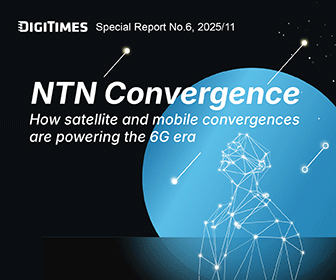Apple's annual new product announcement event is approaching, with rumors from foreign media suggesting it will be held on September 10th, US time. There is speculation that the theme of the event, "Capture," hints at a high likelihood of a lens upgrade.
The 2024 models are expected to introduce a new "Capture Button," similar to a typical digital camera's shutter button, where a light press can "auto-focus" and a firm press takes a photo. Additionally, this button will allow users to zoom in and out of the scene while capturing photos or videos.
A leading optical company with Apple as its primary customer has noted that in recent years, with each new iPhone launch, camera specifications have required constant upgrades to attract consumers to purchase newer devices, leading to intense competition among supply chains.
Over the past one to two years, due to customer demands for smaller pixels, higher resolution, and improved image quality, there has been a trend toward larger CMOS image sensors (CIS) in its main cameras. Largan Precision chairman Adam Lin pointed out that lens design has become more difficult.
So far, new products announced in 2024 saw a higher proportion of periscope lenses used in telephoto cameras. Lin also mentioned that Largan's new factory is fully utilized due to the larger CIS, which occupies more production space.
Supply chain sources have observed that larger CIS sizes provide better details and colors in low-light lenses. Additionally, one of the most criticized issues with current lenses is flare during video recording, a problem that has remained unresolved.
Industry sources speculate that the market is closely watching whether Apple will adopt new coating technologies from the iPhone 15 launch to the 2024 models. This would address the iPhone issue of green spots or flares regularly appearing in photos or videos taken under strong light.
Industry sources suggest that the high-end models in the iPhone 16 series might feature lens coatings with atomic layer deposition (ALD), a new-generation semiconductor process technology. The primary suppliers are Taiwan's leading optical companies, Largan Precision and GSEO, with an estimated supply ratio of around 8:2. This technology is expected to trickle down from flagship iPhone 15 models to the Pro series, potentially doubling the quantity compared to the iPhone 15.
Despite this, component manufacturers remain cautious about whether these camera upgrades will trigger a wave of device upgrades. Industry sources familiar with smartphones believe that although AI smartphones caused a stir in 2024, most major brands and component suppliers are still preparing and won't see an immediate boom.
The situation is expected to become clearer by 2025. The focus on AI applications by major brands is mainly due to the lack of a "main selling point" in smartphones in recent years, resulting in consumers upgrading devices less frequently. As a result, generative AI has become the only highlight, but the extent of its computing power and application potential remains uncertain.
Supply chain insiders predict that with the start of the "AI smartphone era", the penetration rate of AI smartphones in 2025 could grow to 20%, and by 2027, it could rise to 40%. The top five global brands have all unveiled AI solutions, and Apple also announced its own Apple Intelligence at WWDC.
Industry players generally believe that the increasing penetration of AI smartphones will help trigger a wave of upgrades among high-end smartphone users, positively impacting related sub-industries recovering from a downturn and benefiting from specification upgrades.




